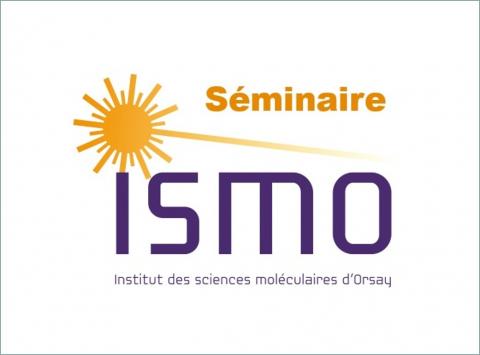
Séminaire de Simone Pezzotti
Solvation and hydrophobic effects at solid-liquid and biological interfaces from Molecular Dynamics and vibrational spectroscopies
par Simone Pezzotti
Department of Physical Chemistry II, Ruhr University Bochum, Germany
Solvation and hydrophobic effects are nowadays well appreciated as key driving forces for an enormous number of natural and industrial processes. Few examples are biological self-assembly and molecular recognition, solvent-mediated catalysis of organic reactions, phase separation processes, and electrochemistry. At the solid-liquid and biological interfaces where these processes take place, a subtle balance between polar and hydrophobic interactions dictates thermodynamics and reactivity.
Today, I will illustrate some of the potentialities of combining Molecular Dynamics simulations and vibrational spectroscopies in order to rationalize how such a balance is tuned by the chemical composition, the local morphology and the topology of the solvated surfaces and molecules. In particular, I will present some of our recent achievements and on-going works on the peculiar properties that water, the most abundant solvent on Earth, exhibits at the interface with solutes and extended surfaces. The combined theoretical-experimental approach allows directly connecting structural, spectroscopic and thermodynamics properties, providing insights on how solvation and hydrophobic driving forces can be manipulated.
Solvation and hydrophobic effects at solid-liquid and biological interfaces from Molecular Dynamics and vibrational spectroscopies
par Simone Pezzotti
Department of Physical Chemistry II, Ruhr University Bochum, Germany
Solvation and hydrophobic effects are nowadays well appreciated as key driving forces for an enormous number of natural and industrial processes. Few examples are biological self-assembly and molecular recognition, solvent-mediated catalysis of organic reactions, phase separation processes, and electrochemistry. At the solid-liquid and biological interfaces where these processes take place, a subtle balance between polar and hydrophobic interactions dictates thermodynamics and reactivity.
Today, I will illustrate some of the potentialities of combining Molecular Dynamics simulations and vibrational spectroscopies in order to rationalize how such a balance is tuned by the chemical composition, the local morphology and the topology of the solvated surfaces and molecules. In particular, I will present some of our recent achievements and on-going works on the peculiar properties that water, the most abundant solvent on Earth, exhibits at the interface with solutes and extended surfaces. The combined theoretical-experimental approach allows directly connecting structural, spectroscopic and thermodynamics properties, providing insights on how solvation and hydrophobic driving forces can be manipulated.
